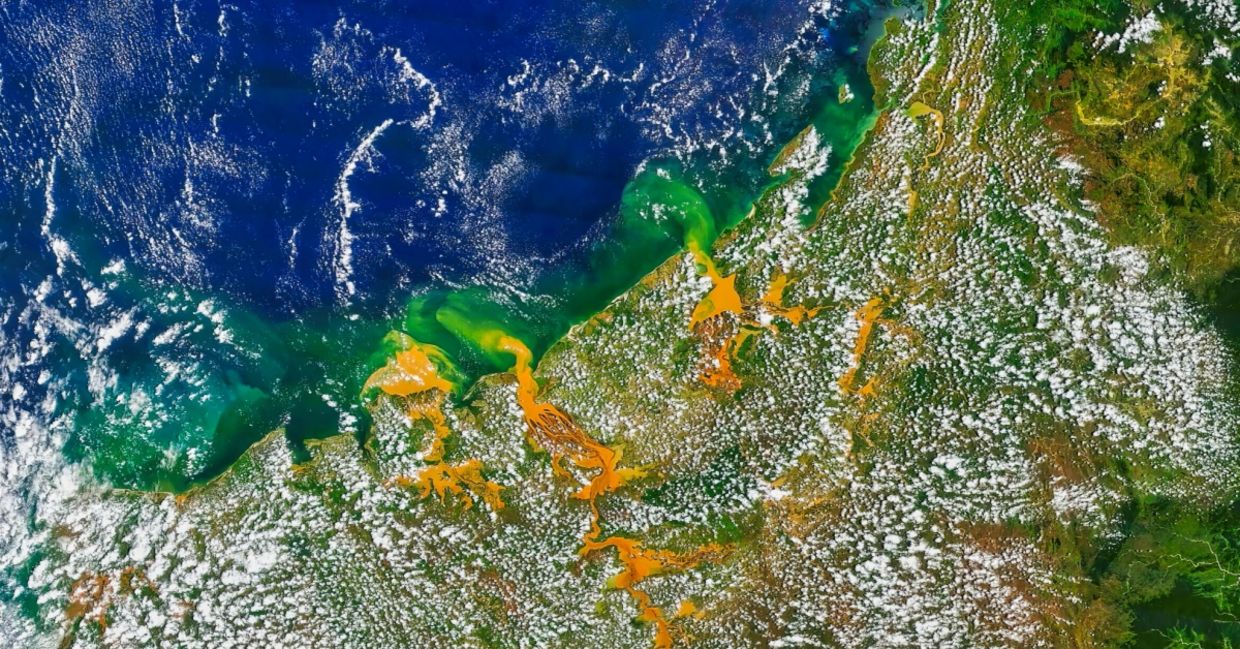
(BEST-BACKGROUNDS / Shutterstock.com)
New technology for detecting earthquakes and volcanic eruptions is helping to save lives around the world. Early warnings can help move people out of harm's way and prepare rescue and relief efforts earlier.
Now researchers from the University of Cambridge in the UK, are using artificial intelligence (AI) to predict where landslides will occur following extreme rainfall events or large earthquakes, reported EuroNews. The researchers were able to predict 7,000 landslides in a three-hour period following a magnitude 7.4 quake earthquake in Taiwan in 2024.
As severe weather events are becoming much more frequent, the geoscientists turned to AI to be able to understand and respond to these climate events. Previously, emergency teams relied on satellite images to manually search for areas affected by landslides. But this is very time-consuming, and AI can do it faster.
Landslides Can Cause Other Hazards
Since the earthquake, Lorenzo Nava, who is based at Cambridge’s Departments of Earth Sciences and Geography, has been developing his AI method along with an international team, according to a press release from the university.
This work is vitally important since landslides occur more frequently due to human activities like deforestation or construction on unstable slopes. Landslides can also trigger debris flows or severe flooding that multiply the hazards.
Nava’s work is part of a larger effort at Cambridge to understand how landslides can start these multi-hazard chains. The work uses satellite images and computer modeling to locate landslides and understand why they happen and ultimately predict when they will occur. His trial following the Taiwan earthquake showed great promise and was published in the European Geosciences Union Natural Hazards and Earth System Sciences journal.
AI Improves Predictions
Nava’s team is training AI to identify landscapes in satellite images; both optical images of ground surface and radar data. Radar can penetrate cloud cover and can work at night. But radar is difficult to interpret because they use greyscale for contrasting landscape features. But AI-assisted analysis can help see features that people can miss.
By using a combination of both types of satellite imagery, Nava hopes to build an AI model that can predict landslides in any weather conditions. But there is still more work needed to improve accuracy and transparency before it is widely accepted.
“In high-stakes scenarios like disaster response, trust in AI-generated results is crucial,” he said. “Through this challenge, we aim to bring transparency to the model’s decision-making process, empowering decision-makers on the ground to act with confidence and speed.”
YOU MIGHT ALSO LIKE:
Earthquake Detection is Becoming a Reality
Hero Rescues People From the Texas Floods
Satellite Images Can Forecast When Flooding Will Occur







